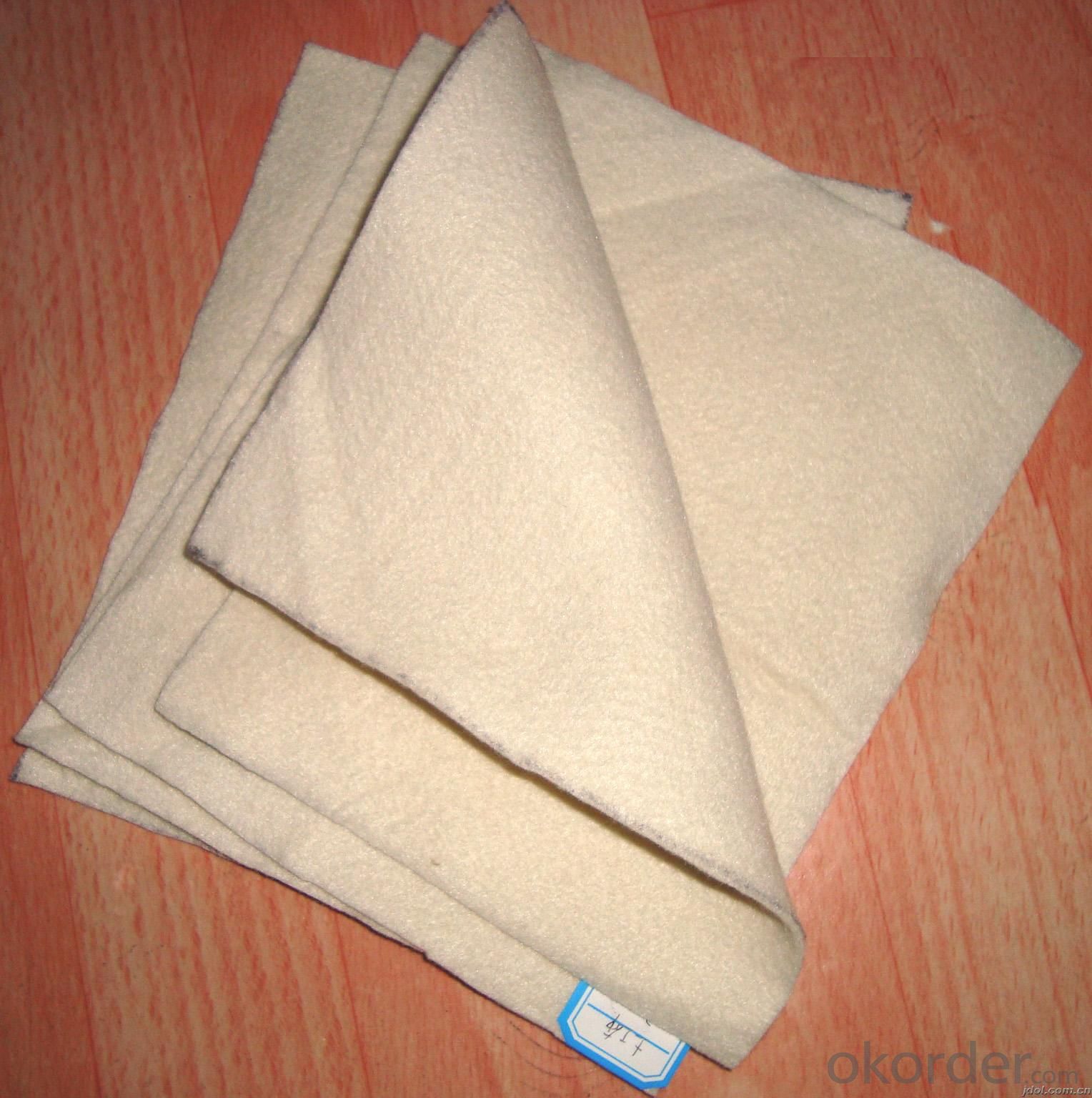- Understanding the Role of Geomembrane Liners in Waste Management
- Innovations in Geomembrane Liners for Water Management
- Geomembrane Liners: A Comprehensive Guide
- The Future of Geomembrane Liners in Civil Engineering
- Geomembrane Liners: Enhancing Landfill Stability
Manager:
WhatsApp:+86 177 0135 2670
Tel:+86 177 0135 2670
Email:marketing@okorder.com
Address:3rd Floor, No.2 Building, No.1 Sanlihe Road
Geomembrane Liners: A Barrier Against Industrial Waste Disposal
Geomembranes, also known as rubber liners or plastic sheets, are versatile materials that have found their way into various industries due to their impermeable nature. They are commonly used as a barrier against industrial waste disposal, protecting the environment from the harmful effects of waste leakage. But what exactly are geomembranes, and how do they work? Let's dive into the world of geomembranes and explore their applications, benefits, and potential drawbacks.

The Science Behind Geomembranes
Geomembranes are made from high-density polyethylene (HDPE), polyvinyl chloride (PVC), or ethylene propylene diene monomer (EPDM) rubber. These materials are chosen for their durability, flexibility, and resistance to chemicals, UV radiation, and temperature changes. The manufacturing process involves extruding or calendering the material into thin sheets, which can then be welded together to form large, continuous liners.
Applications in Industrial Waste Disposal
Geomembranes are used in a variety of applications related to industrial waste disposal, including landfills, wastewater treatment ponds, and containment facilities for hazardous materials. They act as a barrier between the waste and the surrounding environment, preventing the leakage of contaminants into the soil, water, and air.
Landfills
In landfills, geomembranes are used to line the bottom and sides of waste containment areas. This prevents the waste from coming into direct contact with the soil, reducing the risk of groundwater contamination. Additionally, they can be used to cover the waste, minimizing odors and the spread of disease-carrying insects.
Wastewater Treatment Ponds
Wastewater treatment facilities often use geomembranes to create artificial ponds or basins. These liners prevent the treated water from seeping into the ground, ensuring that it can be safely discharged or reused.
Containment Facilities for Hazardous Materials
For industries dealing with hazardous materials, geomembranes provide an essential layer of protection. They are used to line storage tanks, containment ponds, and other areas where hazardous substances are stored or processed, reducing the risk of environmental contamination.
Benefits of Using Geomembranes
The use of geomembranes offers several benefits, making them an attractive option for industrial waste disposal. Some of these benefits include:
- Environmental Protection: By preventing the leakage of contaminants, geomembranes help protect ecosystems and human health.
- Longevity: With proper installation and maintenance, geomembranes can last for decades, providing a long-term solution for waste containment.
- Cost-Effectiveness: While the initial investment in geomembranes may be high, the long-term savings in environmental remediation and waste management costs can be significant.
- Customizability: Geomembranes can be tailored to fit the specific needs of a project, including different sizes, thicknesses, and materials.
Potential Drawbacks and Challenges
Despite their numerous advantages, geomembranes also come with some potential drawbacks and challenges:
- Installation Complexity: Proper installation of geomembranes requires specialized knowledge and equipment, which can be time-consuming and expensive.
- Leak Detection: Detecting leaks in geomembranes can be difficult, as they often occur in areas that are not easily accessible.
- Material Degradation: Over time, geomembranes can degrade due to exposure to sunlight, chemicals, or temperature fluctuations, which may reduce their effectiveness.
The Future of Geomembranes
As industries continue to grow and the need for effective waste management solutions becomes more pressing, the role of geomembranes is likely to expand. Innovations in material science and engineering are driving the development of new geomembrane technologies that are more durable, cost-effective, and environmentally friendly.
Personal Touch: The Human Element in Geomembranes
While the technical aspects of geomembranes are fascinating, it's important to remember the human element in their use. The people who design, install, and maintain these liners are dedicated professionals who take pride in their work. Their expertise and commitment ensure that geomembranes serve their purpose effectively, protecting our environment for future generations.
In conclusion, geomembranes are a crucial component in the fight against industrial waste pollution. They offer a reliable and long-lasting solution to contain and manage waste, while also presenting challenges that the industry must continue to address. As technology advances, we can expect to see even more innovative uses for these versatile materials.
- Previous:The Role of Geomembrane Liners in the Construction of Industrial Tanks
- Next:The Use of Geomembrane Liners in the Construction of Industrial Trenches
-
2024-12-05Geomembrane Liners: A Comprehensive Guide






